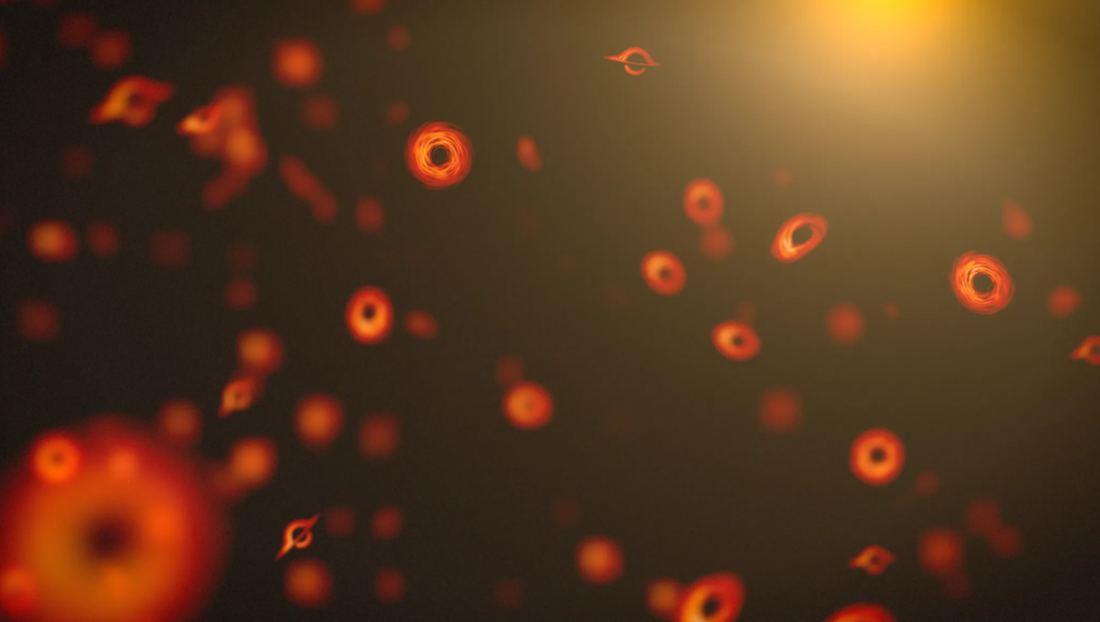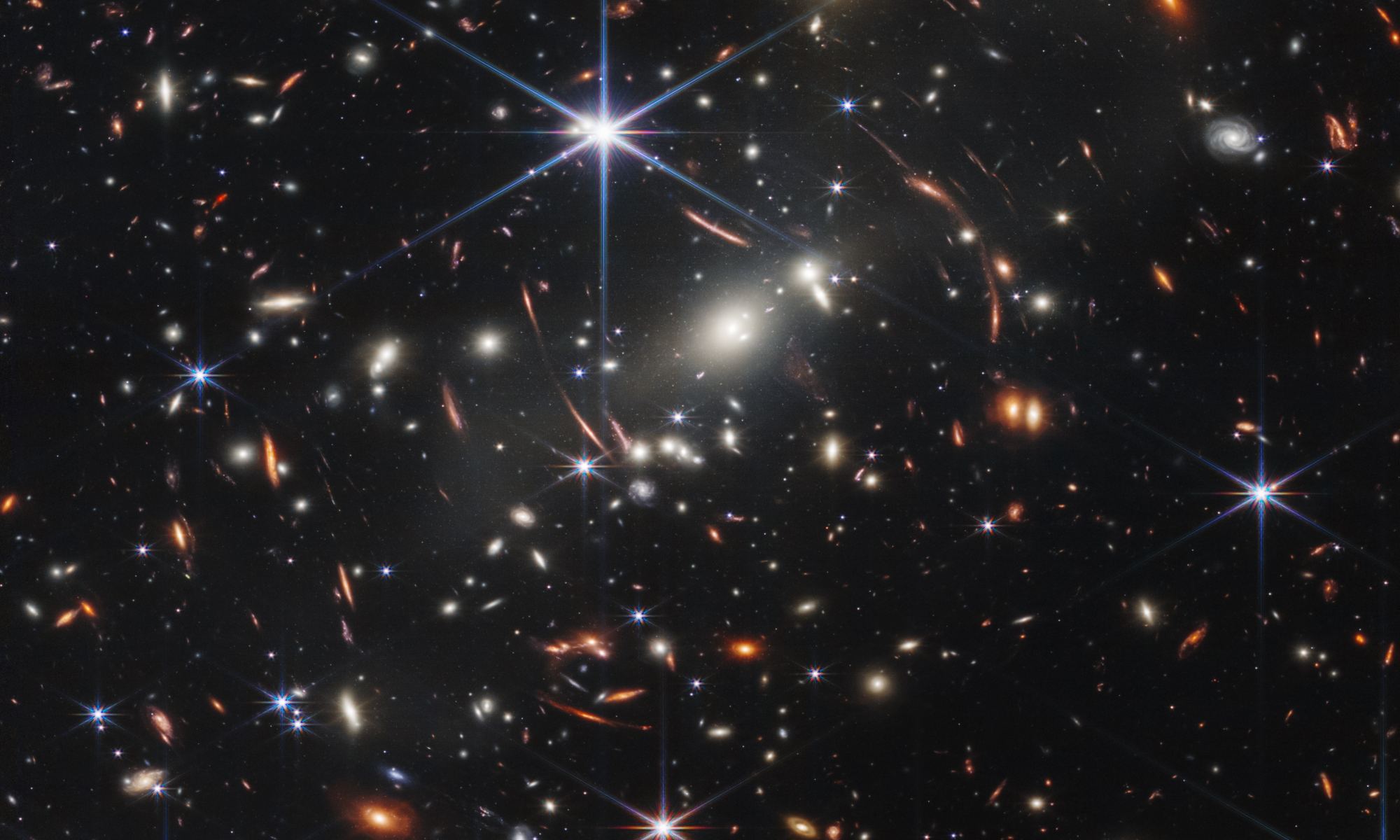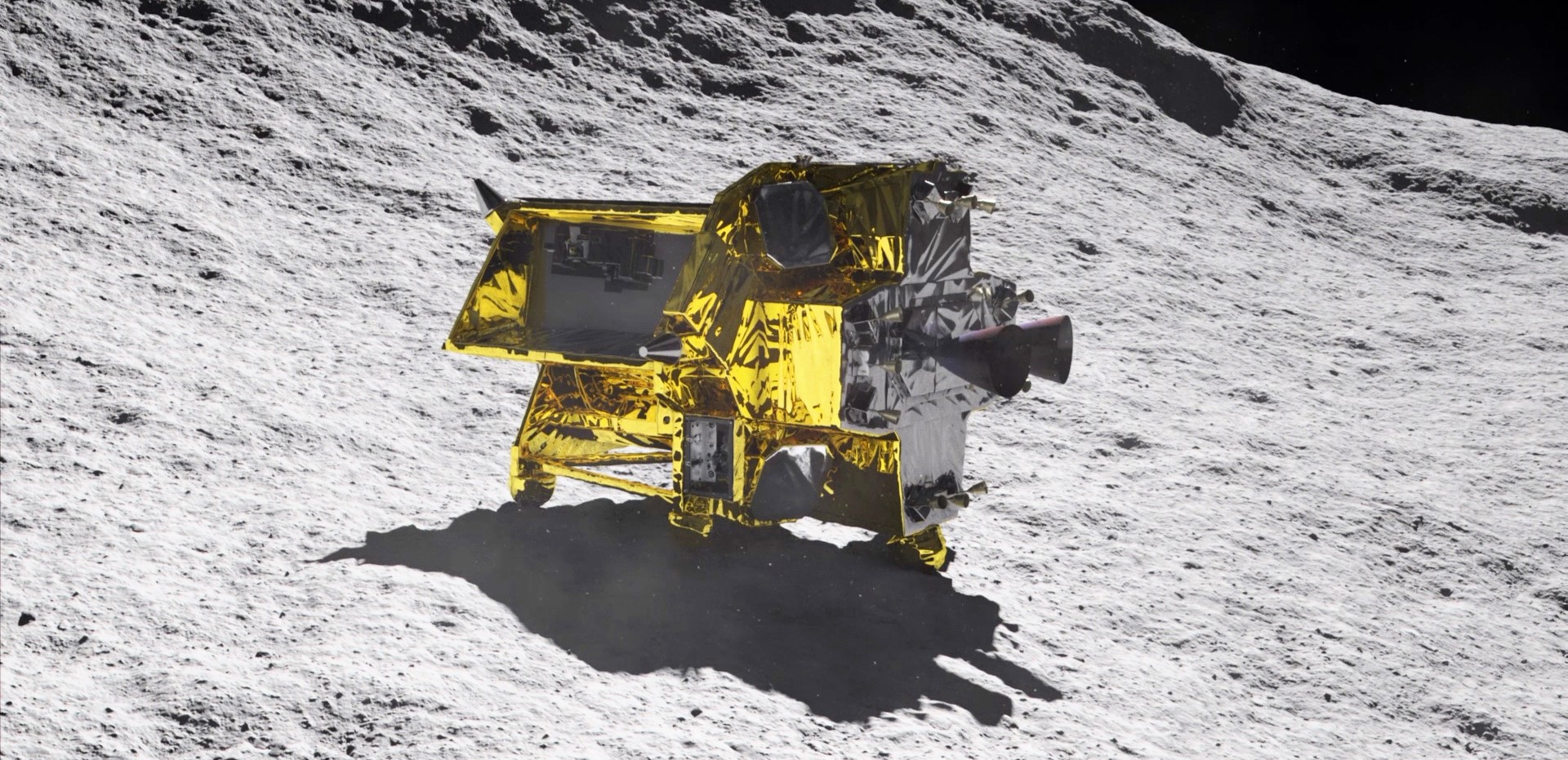I have always wanted a 3D printer but never quite found a good enough reason to get one. Seeing that NASA are now 3D printing metal is even more tantalising than a plastic 3D printer. However, thinking about it, surely it is just a computer controlled soldering iron! I’m sure it’s far more advanced than that! Turns out that the first print really wasn’t much to right home about, just an s-curve deposited onto a metal plate! It does however prove and demonstrate the principle that a laser can liquify stainless steel and then deposit it precisely in a weightless environment.
Continue reading “Metal is 3D Printed on the Space Station”Primordial Black Holes Can Only Explain a Fraction of Dark Matter

What is Dark Matter? That question is prominent in discussions about the nature of the Universe. There are many proposed explanations for dark matter, both within the Standard Model and outside of it.
One proposed component of dark matter is primordial black holes, created in the early Universe without a collapsing star as a progenitor.
Continue reading “Primordial Black Holes Can Only Explain a Fraction of Dark Matter”Research Work Begins on the Habitable Worlds Observatory

NASA are planning on building a telescope to hunt for habitable worlds. The imaginatively named ‘Habitable Worlds Observatory’ is at least a decade away but NASA have started to develop the underlying technology needed. The contracts have been awarded to three companies to research the next-generation optics, mission designs and telescope features at a cost of $17.5 million. Work should begin late summer 2024.
Continue reading “Research Work Begins on the Habitable Worlds Observatory”The JWST is Re-Writing Astronomy Textbooks

When the James Webb Space Telescope was launched at the end of 2021, we expected stunning images and illuminating scientific results. So far, the powerful space telescope has lived up to our expectations. The JWST has shown us things about the early Universe we never anticipated.
Some of those results are forcing a rewrite of astronomy textbooks.
Continue reading “The JWST is Re-Writing Astronomy Textbooks”Japan’s Lunar Lander Fails to Check-in
On January 19th, 2024, the Japanese Aerospace Exploration Agency (JAXA) successfully landed its Smart Lander for Investigating Moon (SLIM) on the lunar surface. In so doing, JAXA became the fifth national space agency to achieve a soft landing on the Moon – after NASA, the Soviet space program (Interkosmos), the European Space Agency, and the China National Space Agency (CNSA). SLIM has since experienced some technical difficulties, which included upending shortly after landing, and had to be temporarily shut down after experiencing power problems when its first lunar night began.
On the Moon, the day/night cycle lasts fourteen days at a time, which has a drastic effect on missions that rely on solar panels. Nevertheless, SLIM managed to reorient its panels and recharge itself and has survived three consecutive lunar nights since it landed. However, when another lunar night began on May 27th, JAXA announced that they had failed to establish communications with the lander. As a result, all science operations were terminated while mission controllers attempt to reestablish communications, which could happen later this month.
Continue reading “Japan’s Lunar Lander Fails to Check-in”How Mars’ Moon Phobos Captures Our Imaginations

For a small, lumpy chunk of rock that barely reflects any light, Mars’ Moon Phobos draws a lot of attention. Maybe because it’s one of only two moons to orbit the planet, and its origins are unclear. But some of the attention is probably because we have such great images of it.
Continue reading “How Mars’ Moon Phobos Captures Our Imaginations”NASA has a New Database to Predict Meteoroid Hazards for Spaceflight
There are plenty of problems that spacecraft designers have to consider. Getting smacked in the sensitive parts by a rock is just one of them, but it is a very important one. A micrometeoroid hitting the wrong part of the spacecraft could jeopardize an entire mission, and the years of work it took to get to the point where the mission was actually in space in the first place. But even if the engineers who design spacecraft know about this risk, how is it best to avoid them? A new programming library from research at NASA could help.
Continue reading “NASA has a New Database to Predict Meteoroid Hazards for Spaceflight”Evidence of Dark Matter Interacting With Itself in El Gordo Merger

The Standard Model of particle physics does a good job of explaining the interactions between matter’s basic building blocks. But it’s not perfect. It struggles to explain dark matter. Dark matter makes up most of the matter in the Universe, yet we don’t know what it is.
The Standard Model says that whatever dark matter is, it can’t interact with itself. New research may have turned that on its head.
Continue reading “Evidence of Dark Matter Interacting With Itself in El Gordo Merger”Two Seismometers are Going to the Moon to Measure Moonquakes

Our Moon is shrinking and has been doing so since just after its formation ~4.5 billion years ago from a collision with the young Earth. That shrinkage, along with a constant rain of micrometeorites, causes lunar seismic activity. NASA plans to send two instruments to the Moon to measure its moonquakes. Those dual seismometers share technology first used on Mars by the InSight lander to measure more than a thousand marsquakes.
Continue reading “Two Seismometers are Going to the Moon to Measure Moonquakes”Astronomers Have a New Way to Bypass Earth's Atmosphere

Radio telescopes have an advantage over optical telescopes, in that radio telescope can be used even in cloudy conditions here on Earth. That’s because the longer wavelengths of radio waves can pass through clouds unhindered. However, some wavelengths are still partially obscured by portions of Earth’s atmosphere, especially by the ionosphere which traps human-made Radio Frequency Interference (RFI).
Astronomers have developed a new calibration technique that allows them to take sharp images in low radio frequencies — between 16 and 30 MHz — for the first time, bypassing the influence of the ionosphere. The astronomers say this will allow them to study things like plasmas emanating from ancient black holes and perhaps even detect exoplanets that orbit small stars.
Continue reading “Astronomers Have a New Way to Bypass Earth's Atmosphere”


